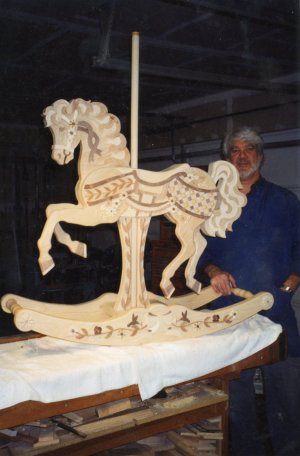Roger, I started with my dad's Craftsman wood turning lathe, bought new with turning chisels for $50 in 1950. About twenty years ago, I bought an Atlas/Craftsman 12 x 42 from the widow of a master machinist who had bought it new and babied it for all the years he had it. It came with just about every bit of tooling and attachment they ever made for the thing, plus a bunch of machinists' tools, most Starrett or Brown and Sharpe. She wanted $750 USD for it and that was the fastest I ever got $750 USD out of my pocket. Then, about ten years ago, I mentioned the Unimat lathes in a conversation and a fellow says, "My dad had one when we lived in England. I've never touched it because it's got a motor that runs on British 220 VAC. You can have it, if you want it." Well, that was the most expensive freebie tool I've picked up in a long while. I must have put about $1,500 USD rebuilding what turned out to be a hard-used and abused Unimat. Of course, everything had to be found on eBay at pirate's prices (which have only increased since then.) I put a later model continuous duty motor on it. (The early motors were limited duty... about 8 min. before you have to quit and let them cool off.) Then I replaced the bent lead screw and did a rebuild on the headstock with new bearings. Then, began the hunt for tooling and it got really expensive. I took a pass on the threading tooling, the power feed, and the collets because that was all covered by my Atlas/Craftsman lathe. I skipped the scroll saw and the mini-table saw because I already had a scroll saw and a Byrnes' saw. Still, the little bits and pieces all added up. If I had needed a smaller lathe to begin with, I would have definitely gone with the Sherline. Owning the Atlas/Craftsman had taught me the problems with finding parts and tooling for out of production machines. I do have to admit I got bit by the collecting bug when I rebuilt the Unimat. There's nothing I can do on my 3" Unimat that I can't do on my 12" Atlas, but the Unimat is more fun to use on the small stuff.




